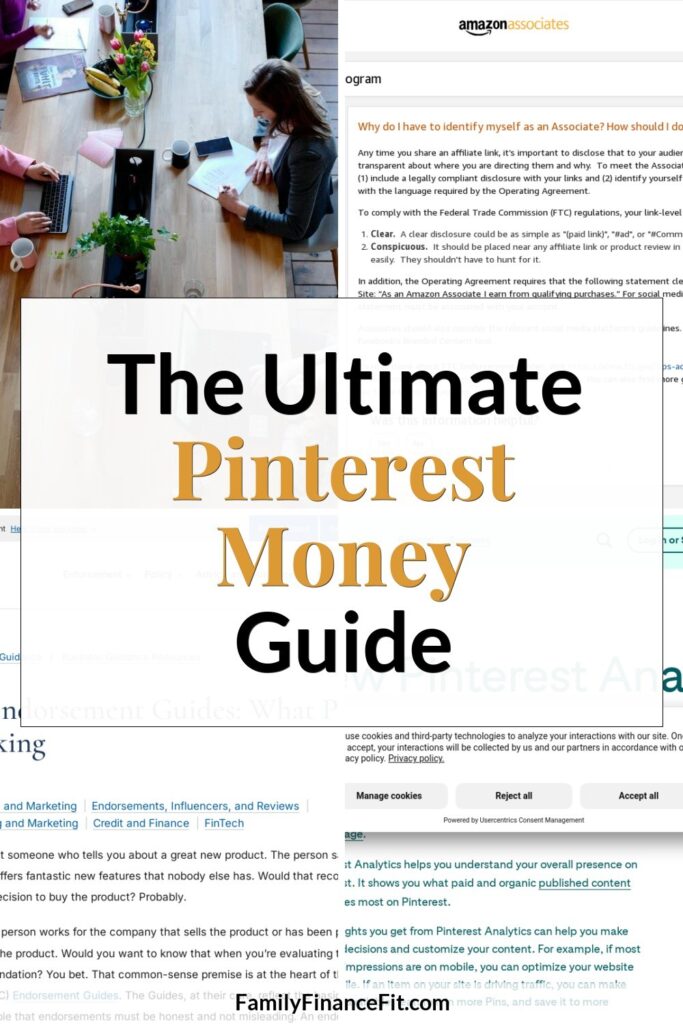What you need
First, switch to a business account so you unlock analytics, ads, and commerce features. You can create or convert an account in minutes using the official steps inside Pinterest’s business account setup. Next, tidy your brand basics: profile image, keyword‑rich display name, and a clear bio that states who you help and how.
Finally, make sure your creative meets platform standards so it renders crisply on every device. Review file types, titles, and safe zones in Pinterest’s Pin spec guide, and keep your website ready to receive traffic (fast, mobile‑friendly pages with obvious opt‑ins or product CTAs). That’s the foundation; now let’s build your income engine step by step.
Step 1: Set up your business profile and claim your site
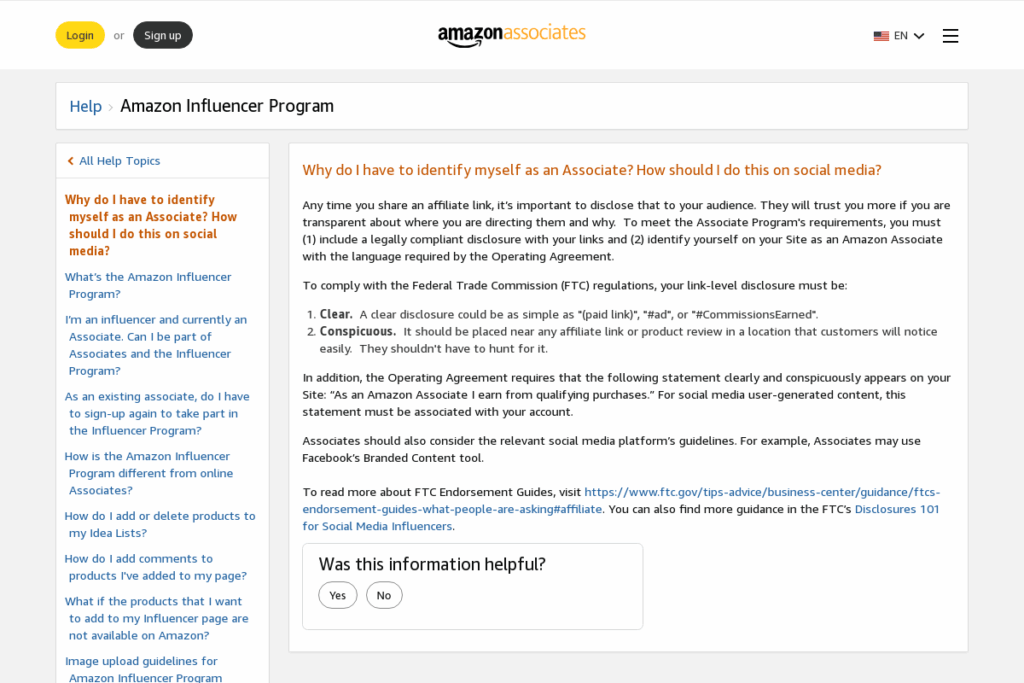
Start by converting to a business account and completing your profile—use a recognisable photo or logo, and write a concise bio with target keywords. Then claim your website so your logo appears on Pins from your domain, and so you can see which off‑Pinterest saves are working. Follow the instructions in Claim your website to add the HTML tag, file upload, or DNS TXT record.
While you’re there, add your site URL to your profile and double‑check that your pages load fast on mobile. A claimed site also improves attribution in analytics, which you’ll use later to pick winning topics. If you sell products, set a reminder to connect catalogs once your core Pin workflow is running—doing this early reduces rework when you switch on shopping features.
Step 2: Choose your monetization path—and your rules
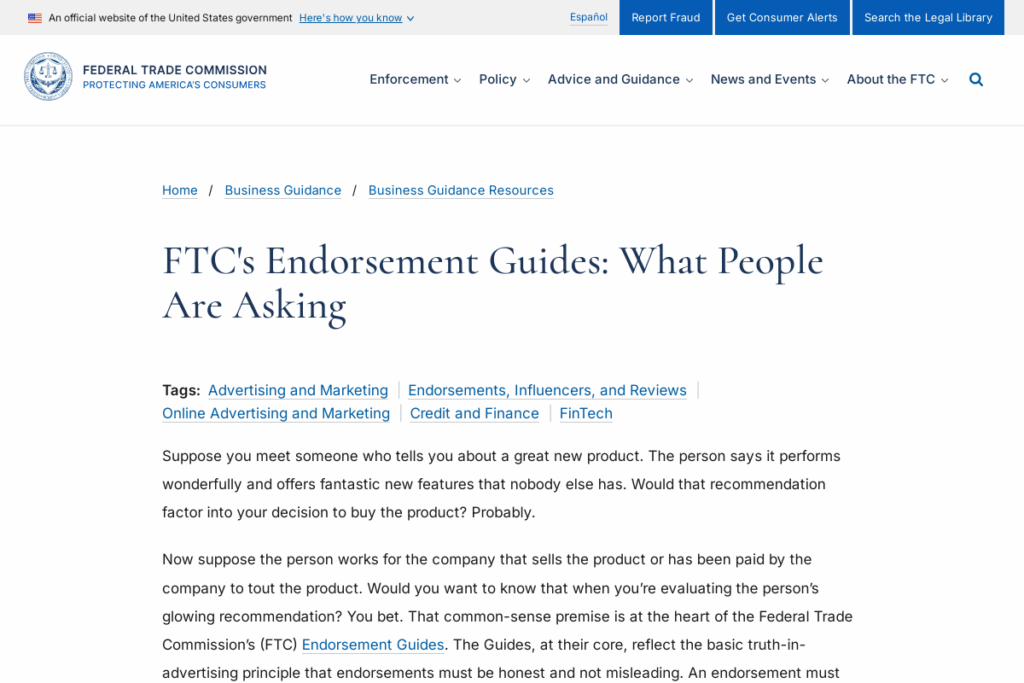
Pick one primary revenue stream to start: affiliate commissions, your own products, services, or email‑driven offers. If you plan to recommend products, bookmark Pinterest’s monetization rules and your affiliate network’s disclosure requirements. For example, Amazon requires clear link‑level disclosures and account‑level language; see Amazon Associates disclosure guidance for exact phrasing and placement.
Across every partnership, your disclosures must be clear and conspicuous. The FTC Endorsement Guides explain how to label paid content so audiences aren’t misled. If you’re comparing programs, this primer on how to earn with Amazon in multiple ways can help you map Pinterest traffic to the right offer types. Decide now how you’ll disclose, where links point, and what you will—and won’t—promote. Consistency builds trust, which lifts conversions.
Step 3: Research demand and structure boards for discovery
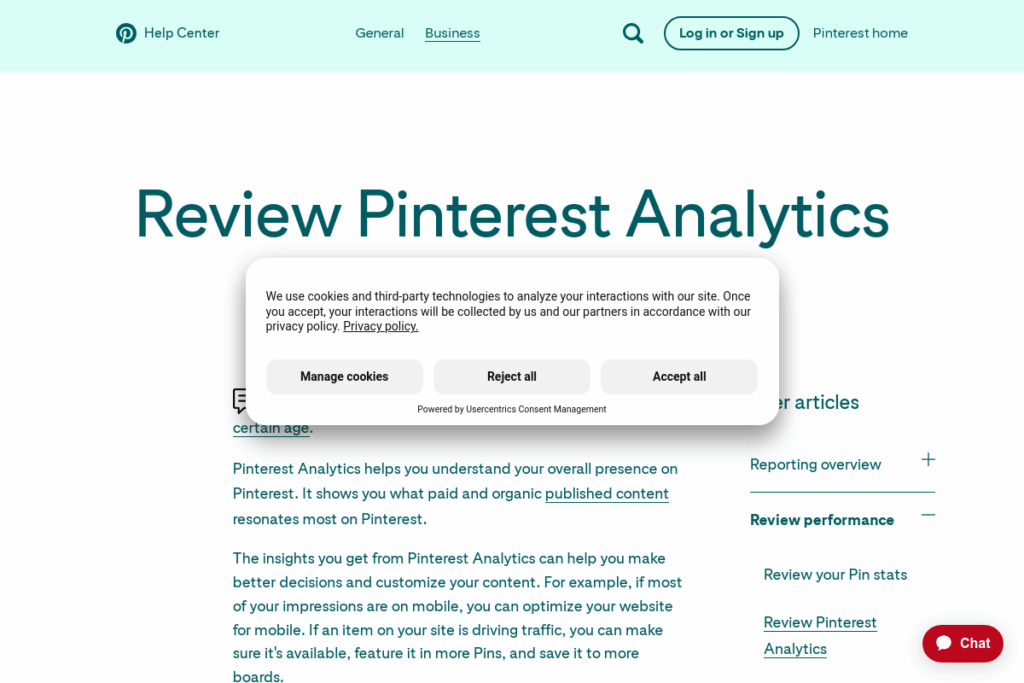
Pinterest is a visual search engine. Let search data shape your content calendar and board structure. Use Pinterest Trends to find rising keywords, seasonality curves, and related terms for your niche. Turn those terms into tightly themed boards (e.g., “Budget Weeknight Dinners” instead of “Recipes”) and write board descriptions that naturally include primary and secondary keywords.
Then, validate topics with your own data. In Pinterest Analytics, note which Pins and boards earn impressions, saves, and outbound clicks. Replicate winners with new angles, and retire or rework underperformers. Keep titles short and descriptive, avoid keyword stuffing, and organise boards so a new visitor instantly understands what you cover—and which problems you solve.
Step 4: Design Pins that get the click
Your creative must stop the scroll and make the next action obvious. Lead with a strong visual, add a short benefit‑driven headline, and place a subtle brand mark. For images, Pinterest recommends a 2:3 vertical canvas—see the note that “we recommend using a 2:3 aspect ratio, or 1000 x 1500 pixels” inside Pinterest’s ad/creative specs. Staying within safe zones prevents UI from covering your text; details live in the Pin spec guide.
Keep copy minimal and legible on mobile. Use contrasting colors, avoid clutter, and match promise to landing page. Create multiple variations per URL (different headlines or images) so the algorithm can find audience‑creative fit. For video, lead with movement in the first two seconds, add captions, and end with a clear CTA.

Step 5: Add affiliate links the right way
Affiliate links are allowed on Pinterest when you follow platform and legal requirements. Pinterest’s Commercial and Branded Content Guidelines outline disclosure expectations and anti‑spam rules (no manipulative tactics or mass save schemes). Be transparent, add value, and use direct links to the destination when possible.
Avoid link masking and shady redirects—Pinterest blocks or replaces problematic URLs, as noted in Fix a broken link. In practice, that means: disclose clearly in your Pin title/description, send people to the specific product page or your in‑depth review, and don’t churn out low‑quality, repetitive Pins. Treat every affiliate Pin like an editorial recommendation that earns trust first.
Step 6: Make your content shoppable with Product and Rich Pins
If you sell physical products or publish recipes/articles, enable site metadata so Pins stay fresh automatically. Product, recipe, and article metadata are covered in Pinterest’s Rich Pins guide—implement the appropriate meta tags so price, availability, headlines, and ingredients sync from your site.
For a full shop setup, add your product feed and create shoppable Product Pins at scale; you’ll find the flow and eligibility details in Shopping on Pinterest. To qualify as a merchant, your site and policies must meet quality standards; review the criteria in the Merchant Guidelines before you apply or run shopping ads.

Step 7: Track clicks and revenue with UTMs and analytics
To know which Pins make money, tag destination URLs with UTM parameters and read results in your analytics. Build clean, consistent campaign links using Google’s official Campaign URL Builder (standardise source/medium like “pinterest”/“organic” for organic Pins and “pinterest”/“cpc” for ads). Then, measure saves, clicks, and outbound clicks in Pinterest Analytics, and attribute revenue in your web analytics or cart.
Practical tips: keep naming lowercase, avoid tagging internal links on your site, and align UTMs to your reporting (e.g., utm_campaign = post slug or offer name). Export Pin and board reports monthly, match them to revenue, and double down on formats, topics, and headlines that consistently produce purchases or qualified leads.
Step 8: Scale with paid distribution and structured testing
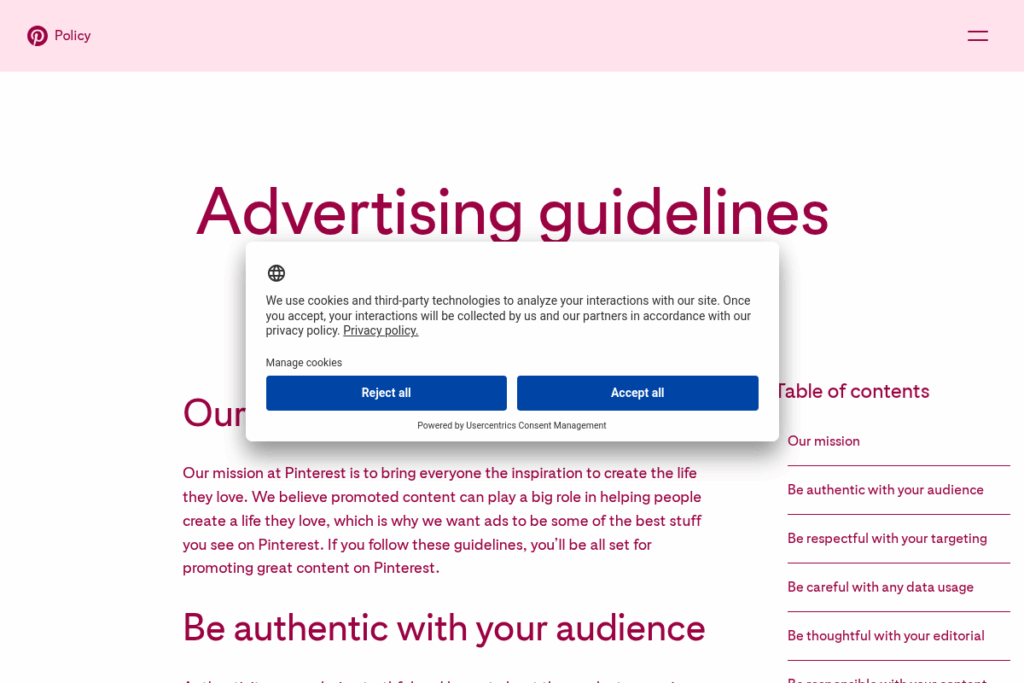
Once you have organic wins, amplify them with ads. Promote proven Pins to your best audience segments and mirror your UTM structure so reporting stays clean. Set up campaigns in Ads Manager using Pinterest’s campaign creation workflow, starting with a clear objective (Consideration, Conversions, or Catalog sales) and tight interest/keyword targeting.
Keep creative aligned to specs for smoother delivery, and rotate multiple variants to find out what lifts CTR and CPA. Before scaling budgets, scan policy—certain products, claims, and tactics are restricted—inside Pinterest’s Advertising Guidelines. Continue testing audiences, headlines, and images, and fold paid insights back into your organic strategy.
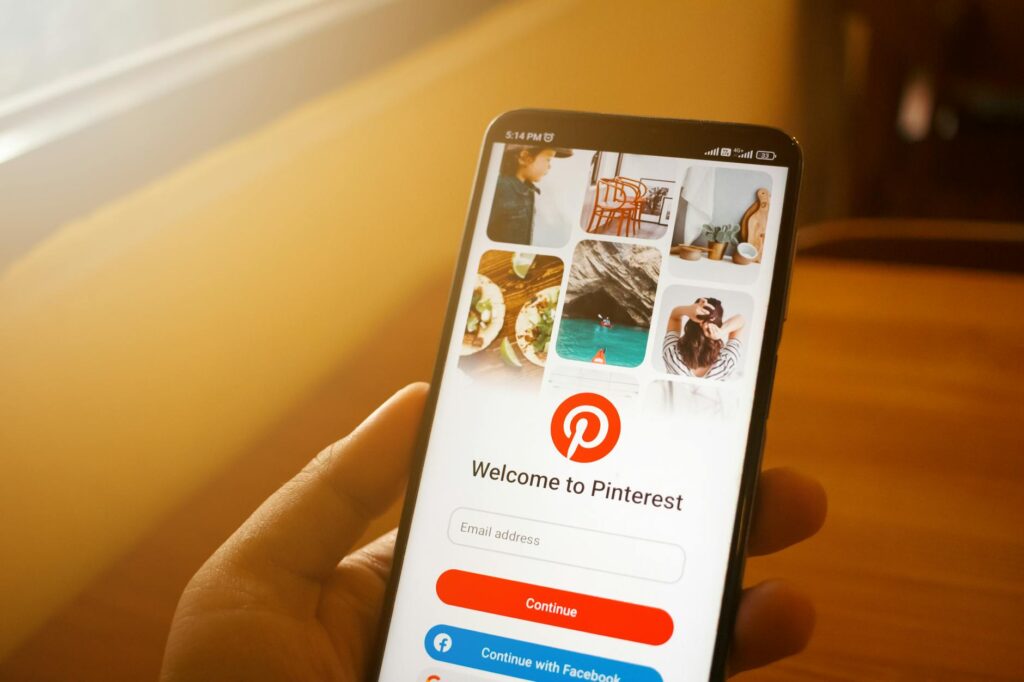
Wrap‑up: Turn Pinterest into a compounding asset
Success on Pinterest isn’t a one‑off spike; it’s the compounding effect of high‑intent search, clear offers, and steady optimization. Start with the basics, publish consistently, and let data tell you what to make more of. If part of your plan includes ecommerce or affiliate offers, this walkthrough on making money via Amazon’s ecosystem pairs well with your Pinterest traffic strategy. Keep it helpful, transparent, and on‑brand—the revenue follows.

